AO Edited
Druchtag Mote
Nine hundred years ago, this was the home of a feudal lord. Today all that remains is a steep mound surrounded by a deep moat.
Scotland’s earliest castles took the form of mottes, these fortifications usually consisted of a wooden keep built on top of an artificial mound. Some mottes also came with a bailey, an enclosed courtyard fortified with a ditch and palisade which would contain additional wooden buildings.
Mottes were not just defensive structures, this type of medieval earthwork castle acted as a symbol of the lordship of the area. The first mottes in Scotland were built during the reign of David I in the early 1100s. This type of defense was replaced by stone castles from the 1200s onwards.
All that remains of Druchtag Motte is the steep-sided mound, surrounded by the deep ditch at its base. The 6.5-meter mound, surrounded by a two-meter ditch, is so steep that a rope is provided to help pull yourself to the top and stop you from tumbling back down again!
What makes this particular motte unusual is that there has been no evidence found of a bailey to accompany it. It is unknown who constructed Druchtag, or even precisely when it was built, it has never been excavated, but it is thought that the fortification would have been home to an early local lord. Motte castles were abandoned during the Wars of Independence and never reoccupied.

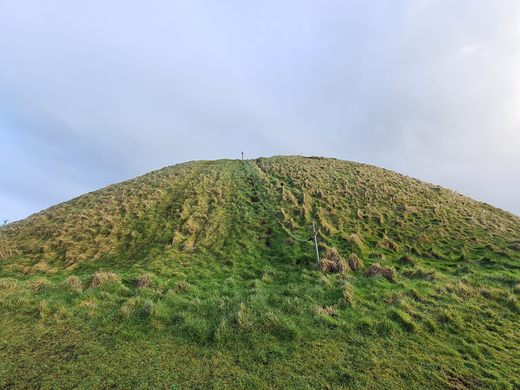





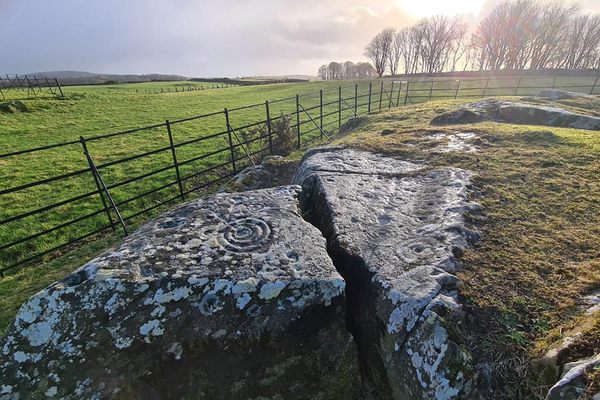

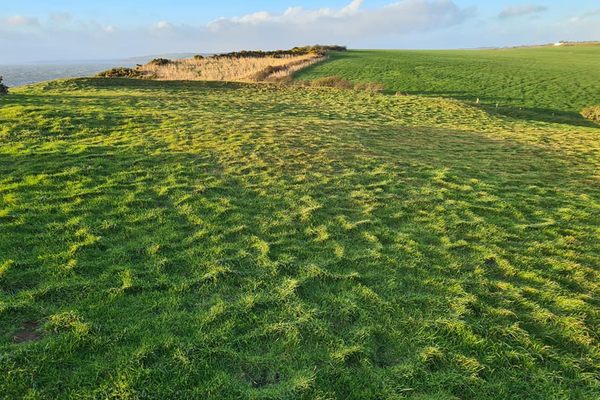

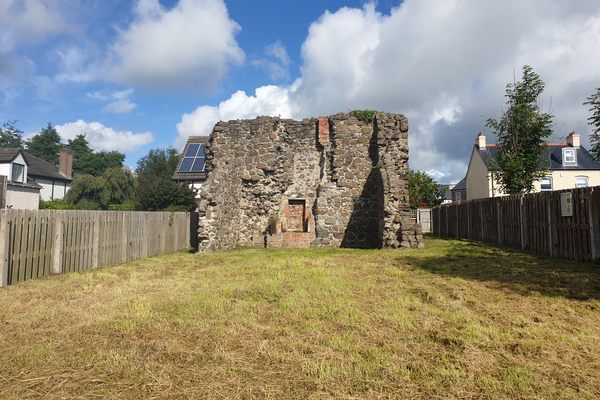
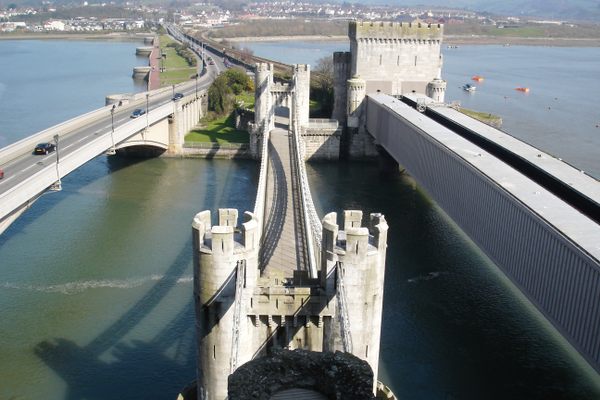

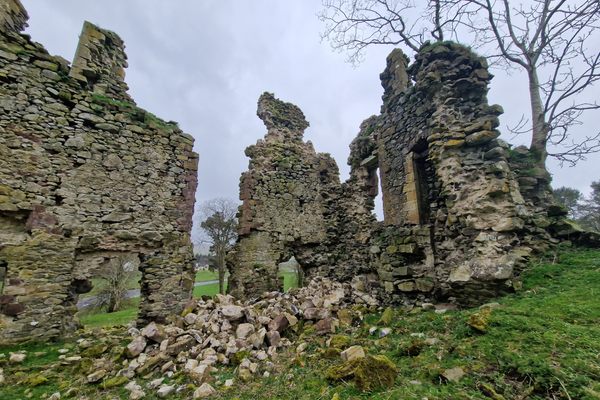

Follow us on Twitter to get the latest on the world's hidden wonders.
Like us on Facebook to get the latest on the world's hidden wonders.
Follow us on Twitter Like us on Facebook